Consumer Awareness
Consumer awareness regarding environmental issues is a significant driver for the PBAT Polybutylene Adipate Terephthalate Market. As individuals become more informed about the detrimental effects of traditional plastics, there is a growing preference for biodegradable alternatives. This shift in consumer behavior is prompting manufacturers to incorporate PBAT into their product lines, particularly in packaging and disposable items. Market Research Future indicates that a considerable percentage of consumers are willing to pay a premium for products made from sustainable materials, which bodes well for the PBAT market. This heightened awareness not only drives demand but also encourages brands to adopt more sustainable practices, thereby fostering a positive feedback loop within the PBAT Polybutylene Adipate Terephthalate Market.
Regulatory Frameworks
Regulatory support plays a crucial role in shaping the PBAT Polybutylene Adipate Terephthalate Market. Governments worldwide are implementing stringent regulations to curb plastic pollution, which has led to an increased interest in biodegradable alternatives like PBAT. Policies promoting the use of biodegradable materials in packaging and other applications are becoming more prevalent. For instance, certain regions have introduced bans on single-use plastics, thereby creating a favorable environment for PBAT adoption. The market is expected to benefit from these regulatory frameworks, as they not only incentivize manufacturers to invest in PBAT production but also enhance consumer awareness regarding the environmental impact of their choices. This regulatory landscape is likely to propel the growth of the PBAT Polybutylene Adipate Terephthalate Market in the coming years.
Investment in Bioplastics
Investment trends in bioplastics are emerging as a key driver for the PBAT Polybutylene Adipate Terephthalate Market. As the demand for sustainable materials rises, investors are increasingly channeling funds into bioplastic production, including PBAT. This influx of capital is facilitating the expansion of production facilities and the development of new applications for PBAT. Market analysts project that the bioplastics sector will witness substantial growth, with PBAT being a focal point due to its versatility and environmental benefits. The increased investment not only enhances the production capacity of PBAT but also stimulates innovation, thereby positioning the PBAT Polybutylene Adipate Terephthalate Market for robust growth in the foreseeable future.
Technological Innovations
Technological advancements are significantly influencing the PBAT Polybutylene Adipate Terephthalate Market. Innovations in production processes and material formulations are enhancing the performance characteristics of PBAT, making it more appealing for various applications. For instance, improvements in the synthesis of PBAT have led to enhanced mechanical properties and processing capabilities, which are crucial for its use in packaging and agricultural films. The market is witnessing a surge in research and development activities aimed at optimizing PBAT production, which could potentially lower costs and increase accessibility. As these technological innovations continue to evolve, they are likely to expand the application scope of PBAT, thereby driving its adoption across multiple sectors within the PBAT Polybutylene Adipate Terephthalate Market.
Sustainability Initiatives
The increasing emphasis on sustainability is a pivotal driver for the PBAT Polybutylene Adipate Terephthalate Market. As consumers and businesses alike prioritize eco-friendly materials, PBAT emerges as a viable alternative to conventional plastics. Its biodegradability and compostability align with the growing demand for sustainable packaging solutions. In 2025, the market for biodegradable plastics, including PBAT, is projected to reach substantial figures, reflecting a shift towards environmentally responsible practices. This trend is further supported by various initiatives aimed at reducing plastic waste, which enhances the appeal of PBAT in sectors such as packaging, agriculture, and consumer goods. Consequently, the sustainability focus not only drives demand but also encourages innovation within the PBAT Polybutylene Adipate Terephthalate Market.


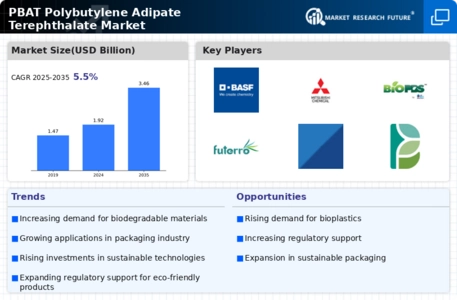
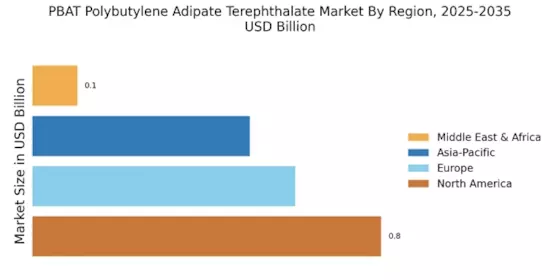


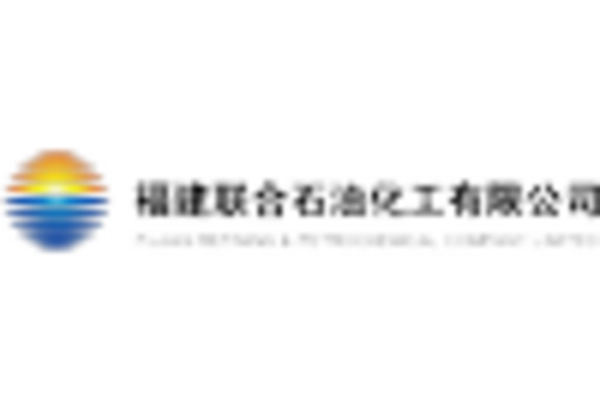
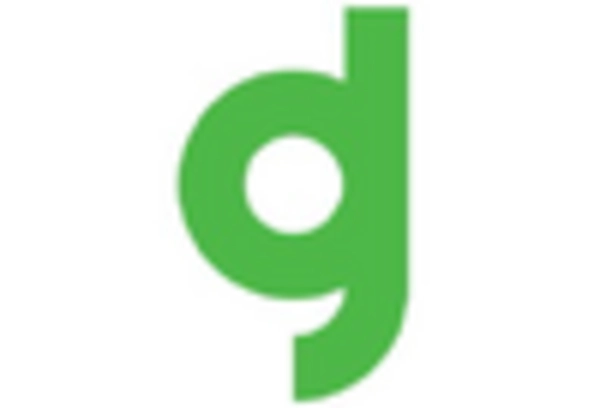


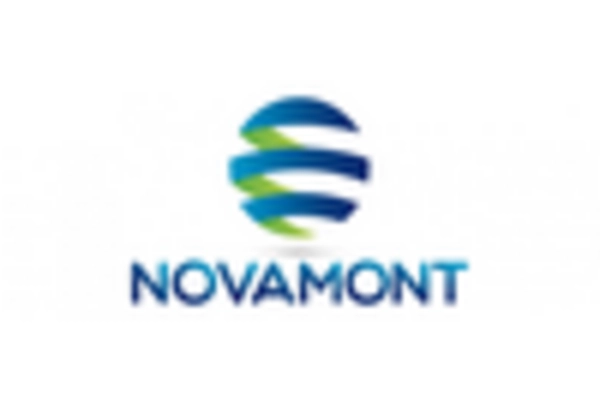








Leave a Comment